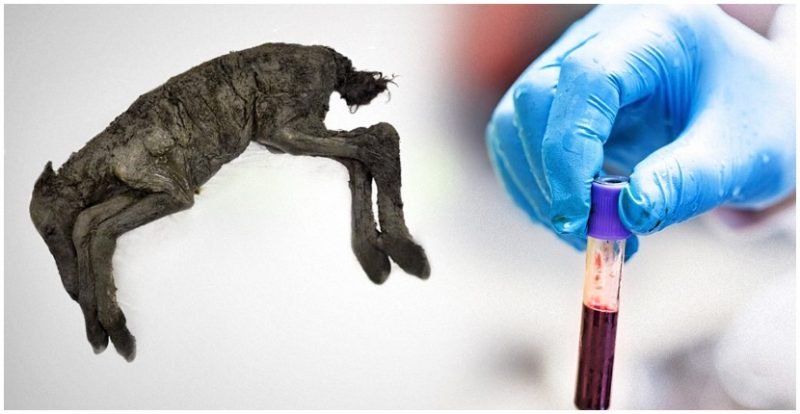A program that can automate website development. A bot that writes letters on behalf of nature. An AI-written blog that trended on Hacker News. Those are just some of the recent stories written about GPT-3, the latest contraption of artificial intelligence research lab OpenAI. GPT-3 is the largest language model ever made, and it has triggered many discussions over how AI will soon transform many industries.
But what has been less discussed is how GPT-3 has transformed OpenAI itself. In the process of creating the most successful natural language processing system ever created, OpenAI has gradually morphed from a nonprofit AI lab to a company that sells AI services.
The lab is in a precarious position, torn between conflicting goals: developing profitable AI services and pursuing human-level AI for the benefit of all. And hanging in the balance is the very mission for which OpenAI was founded.






